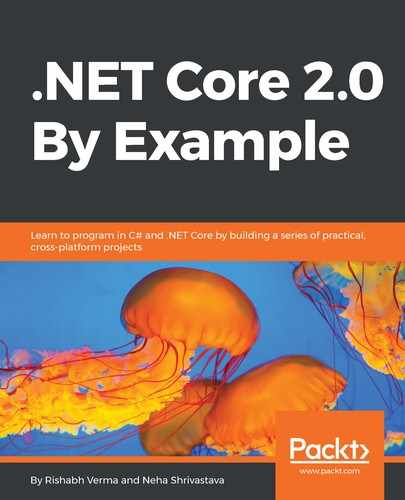Broadly speaking, the cloud deployment model can be classified into:
- Public cloud: This is the most commonly used cloud deployment model. A public cloud is one in which the service provider makes resources such as services, applications, or storage available to the general public over the internet. Public cloud services may be free or offered on a pay as you go model. Some examples of public cloud services are Microsoft Azure, Amazon Elastic Compute Cloud (EC2), IBM's Blue Cloud, Google App Engine, and so on.
- Private cloud: A private cloud offers similar advantages to a public cloud, but through a proprietary architecture. Unlike a public cloud, a private cloud is dedicated to a single organization. Since there is a lot of cost involved, only a large organization can invest in private clouds. Organizations with a lot of software developers are use cases for private clouds, as developers have frequent requests for new virtual machines. For example, the State Bank of India (SBI) has built a private cloud named Meghdoot which powers multiple business services.
- Hybrid cloud: This is a combination of public cloud services and private clouds. It is not necessary to have a private cloud in order to use a hybrid cloud. A hybrid cloud can also be a combination of virtualized, on-premise data centers and public cloud services. A hybrid cloud can also be seen as a bridge between the public and private clouds, which enables moving workloads between the earlier two deployments based on policy, costs, and so on. Most companies today operate using this deployment model. For example, Marriot and Dominos Pizza make use of hybrid clouds.
Cloud computing services can be categorized into three service delivery models:
- Infrastructure as a Service (IaaS)
- Platform as a Service (PaaS)
- Software as a Service (SaaS)
The following diagram should illustrates these service delivery models:

We can see that:
- In On-Premises deployment, the customer has to manage each and every thing from hardware to software; for example, any software deployed in the server hosted on company premises.
- In IaaS, all the required infrastructure is managed by the vendor. The customer just manages the operating system, software, runtime, and the application and its data; for example, Amazon EC2, Microsoft Azure, and Google Compute Engine.
- In PaaS, the infrastructure as well as the operating system and runtime is managed by the vendor. The customer just manages the applications and its data; for example, Google App Engine, Heroku, and Microsoft Azure.
- In SaaS, the entire infrastructure and software is managed by the vendor. The customer just consumes the software as a service; for example, Microsoft Office 365, Gmail, and OneDrive.
Now we are aware of the basics of the cloud, it's time to get started with the cloud platform that is the future and we all need to embrace, Microsoft Azure.
